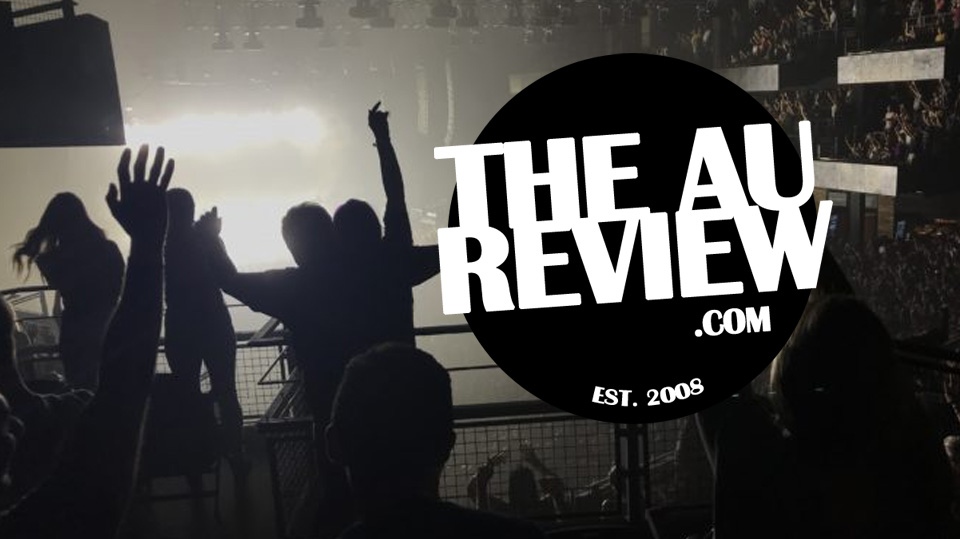

A young Dale Cooper and Laura Palmer seated in the black lodge, two and a half decades past. It’s the first image we get from Twin Peaks returned and extends a moment of nostalgia before settling how much time has passed, both in Lynch’s universe and ours.
When Coop reappears following Angelo Badalamenti’s Twin Peak’s Theme we see the years on his face, we then see a brightly lit New York City skyline and we see the quant 90’s suburbia of the original series fading into the constructs of the 21st century. But what we don’t see over the next four hours, is any sign of compromise or wear in David Lynch’s vision.
Twenty-Five Years On
By the rules of object permanence, Dale Cooper’s been sitting in the black lodge for the past twenty-five years. It’s not just Coop either, that entire universe has continued to exist and this is something that has never been done on TV before. Shows like The Jettisons, Dallas and Hawaii-Five-0 have returned after two/three decades, but not with (mostly) the same cast or with a narrative that reflects the time passed off air.
But it seems that Twin Peaks has never been lost in the minds of Lynch and Mark Frost. The town, the characters and the atmosphere have all naturally aged through their long departure. What remains of the American suburbia are the people who were raised there (a familiar concept for those raised in small-town Australia) and a sense of apathy, like the town has been wrought and laments still the events of Laura Palmer’s death.
It generates a strange sensation, notably in the stoic dialogue and reserved music, that everyone’s still there, but something is missing. This atmosphere is peeled slightly in episodes three and four, as the series finally begins to climb from the season two finale pinnacle of experimentation and absurdism, slowly reconciling with the familiar, light hearted narrative that coloured most of the first season.
Lynchian
A term applied like a Band-Aid to any leaking film review, but less so with any precise context. Twin Peaks season three will mark the beginning of the next decade of motifs and images people will recycle and label with the eponymous suffix of the man behind the series. However, it’s the opening two episodes that will serve as a reminder of what the word really means.
The images within those episodes find home at the summit of visual art. You’ll feel confused (a lot), you’ll feel uncomfortable, you’ll feel isolated and you’ll maybe even feel like you’ve reached purgatory. This is the master craft of Lynch; his approach into another dimension where he can pass on the images inside his head, revealing them as decipherable contours of his imagination.
Even with the time passed by, Twin Peaks still feels like a 90’s show. It could be the font, it could be the palette of colours or it could even be the sounds and VFX. Whatever it is, the transition from the old story to a new one comes without sacrifice to the aesthetic that the original series was built upon. It’s a new story, but we’re looking at it through the same scope.
Lynch’s denial of convention pulses through the early episodes, allowing scenes to run exceptionally long, handing audiences few tools to solve the seemingly capricious narrative and shuffling through strange cuts that become strenuous to watch. But the reward comes in the immersion (except for that one extra that keeps looking at the camera in the casino).
The moments when Mr Jackpots wanders aimlessly across the casino floor or the reductive discussion between Hawk, Andy and Lucy about the chocolate bunny would probably never see the light of day by primetime standards. In Twin Peaks though, these moments are entertaining and funny, while always drawing audiences deeper into the mystery they’ve waited so long to see resolved.
The Story
Twin Peaks continues to teeter in the experimental zone where it had lost so many fans in its second season. Dale Cooper’s evil doppelganger has been terrorizing the states for the past twenty-five years, but now he must return to the black lodge. This marks an opportunity for the real Coop to escape the lodge, but when the time’s right, a shadowy clone of Coop’s evil doppleganger is returned in his place.
Coop drops into the life of the third Coop, the clone Coop AKA Duge AKA Mr Jackpot, with an apparent lack of function or thought, getting by through mimicking those around him. The evil Coop is then involved in a car crash and ends up in the state police department where he is visited by Gordon, Albert and a young FBI Agent named Tammy (by the blessing of the new FBI chief of staff Denise Bryson).
Across the lands Hawk searches for something missing, a message relayed to him by the Log Lady and we meet some old faces in the Bang Bang Bar. There’s also a gruesome murder in South Dakota where it looks like it’s ‘happening again’ and an ominous glass box in a New York City tower, being monitored by a heedless student before a sinister projection takes form and tears him apart.
In the long run, there’s no definitive ending in sight and any long unsolved questions seem to lead only to new questions. Like what’s that glass box and where did Michael Bisping go? Where’s Harry Truman? What’s the Log Lady trying to convey to Hawk? And what’s the connection between any of this and that poster of Franz Kafka? To borrow Gordon Cole’s closing dialogue in episode four, “I hate to admit this, but I don’t understand this situation at all.”
Follow The Iris for everything Twin Peaks. The latest episodes of Twin Peaks can be streamed in Australia via Stan.
———-

